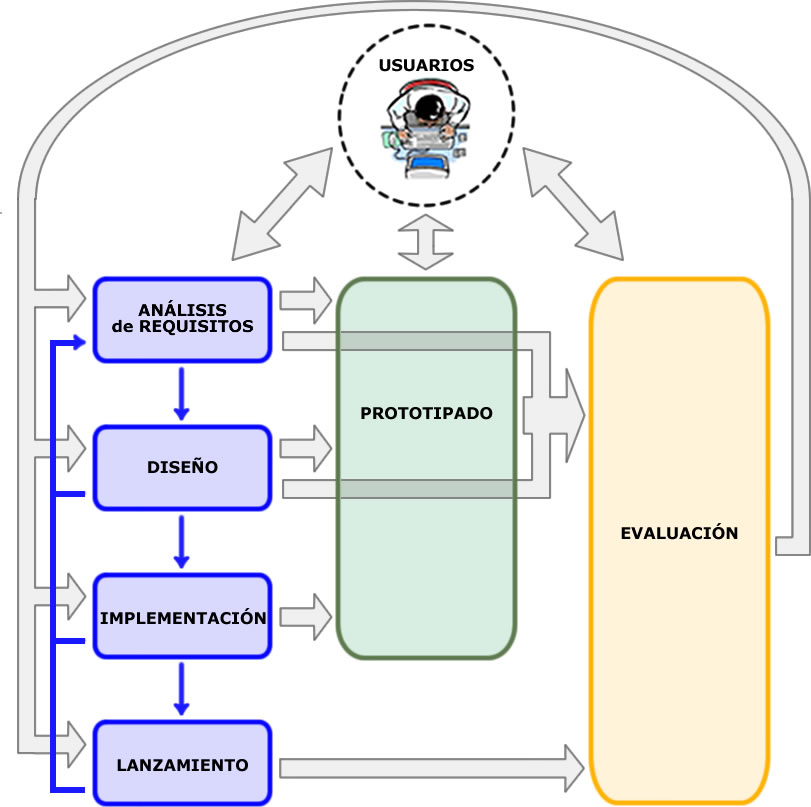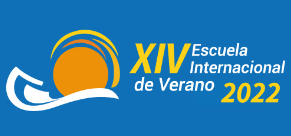Artículo realizado por el estudiante Tom Lecreux en el marco de la asignatura User Centered Design del Grado en Ingeniería Informática de la Universitat de Lleida correspondiente al curso 2020-21.
Article written by the student Tom Lecreux as a homework of the subject User Centered Design corresponding to Degree in Computer Engineering of the Universitat de Lleida corresponding to the 2020-21 course.
Introduction
To introduce this theme, it is important to understand the needs hidden behind the requirements management. The requirements form the most important checklist in the entire project. It clusters what the product needs in order to function properly from its economical viability to its technical and ergonomic features. This range of requirements embodies the plurality of the stakeholders involved within a web/ app project. As a result comes the fundamental need to smooth the communication and to share the information between the project’s core competencies. It is also primordial to capitalize on the expertise of those different teams.
Moreover, gathering the project’s requirements is part of an incremental process which relies on a close collaboration with the client to deeply understand his vision from his main expectations to his more specific ones.
Consequently, it is highly recommended to perpetuate all the information which enriches the comprehension of the project and to keep a track of its evolution.
Five main steps
As we clarified the purposes of requirements management, it is now time to dive further into the process. The requirements management is composed of 5 main steps .
1st step
The first phase consists in clustering the client’s expectations. This part aims to gather enough resources to give a clear vision and a better understanding of the project. It has to answer the following questions: What will the product do for the final users? , What are the end-goals for the client? , Which are the main functionalities of the product?.
During this first step, each stakeholder has a very specific role to play:
- The business analysts have to control the financial viability of the project
- The product owners embody the link between the clients and the core teams
- The UX/UI designers turn the concept into tangible prototypes
- The engineers ensure the technical feasibility
2nd step
Once all the relevant information have been gathered, it is now time to start estimating the resources required to implement the work. This resources allocation must take into account three main aspects for each requirement:
- Material resources
- Human resources (competencies required / number of stakeholders involved)
- Dedicated time
3rd step
For some of the people involved within the project, a written requirement doesn’t necessarily paint an accurate picture of the expectations. That is the purpose of the third project management step: PROTOTYPING. The best approach is to prototype early and often in order to fill the gap between the concept and the reality as fast as possible.
4rd step
Not only prototyping provides a tangible vision of the product to all the stakeholders but it mainly leads to the fundamental testing phase.
In fact, conducting the user tests is likely to be the most important step of the requirements management.
Revealing the users’ interactions with the product can point out the system’s design failures and the user reactions to those failures. It also ensures that all the requirements have been implemented.
Finally, the user test aims to provide the stakeholders real feedback in order to improve the user’s experience.
5th step
Last but not least, the releasing and tracking process. Once the final version of the product has been launched, the project teams still need to collect datas about the product’s usability but also to enlight bugs to fix. This tracking process will allow them to deduce a new list of pending requirements.
Conclusion
Having exposed those 5 main steps, it would be relevant to conclude this article asking which managerial framework could be the most adapted to the requirements management. By allowing teams to adapt, an agile approach seems well appropriate to fulfill the requirements management’s expectations. Based on three main pillars, the agile management framework focuses on close and frequent interactions with the client, deep communication between the stakeholders and fast implementations.
As it privileges an iterative and collaborative approach, it provides an excellent management canvas for teams to deliver flexible and scalable products.
References
- Requirements management for web and app projects, by JustInMind

